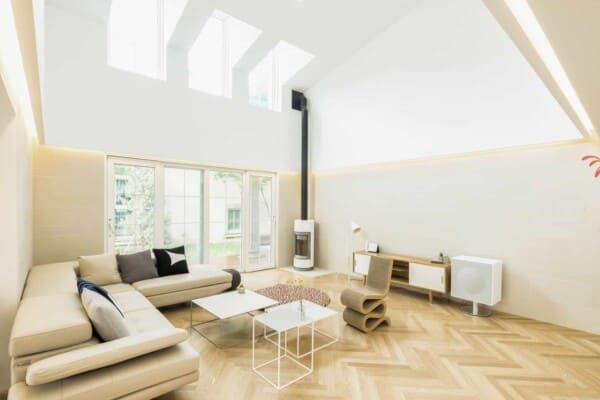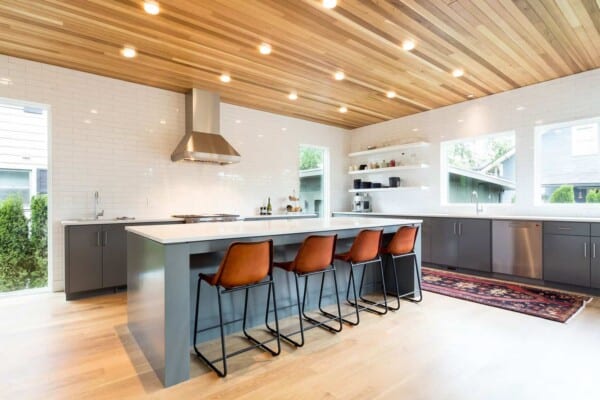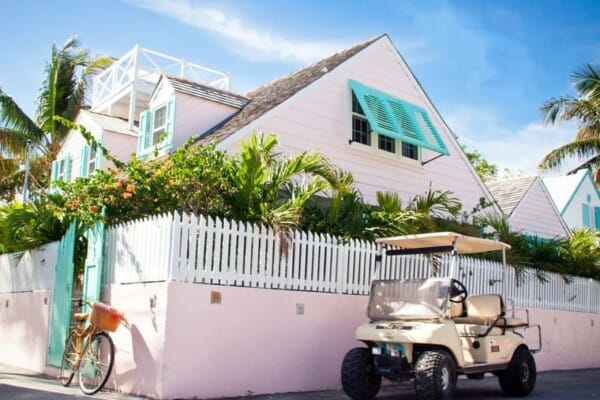Ghent-based studio Graux & Baeyens Architecten has recently completed the House DS project.
The architects have renovated and extended this 70’s farmhouse-like villa located in Destelbergen, a city in the Belgian province of East Flanders.
House DS by Graux & Baeyens Architecten:
“The house is situated in a typical residential area. The plots are characterized by large rear gardens and negligible side garden strips.
The property can be described as a typical Belgian ‘fermette’, or farmhouse imitation from the Seventies.
The client acquired the property 10 years ago. The brief was to transform the house to ensure spacious, bright and contemporary living.
Unlike the total make-over the client had in mind, the architects chose to conserve the archetype of the farmlike house and add an extension that strived for a dissonance, a confrontation, aimed at sharpening both entities and achieve a symbiosis between old and new.
Four volumes are placed against the existing volume as large canvases, to capture light and form a new rear. A fifth, separate volume contains the pool house.
These two interventions, the extension and the pool house, thus define the large garden area, connected by the terraces and the pool.
The other parts of the shell remain untouched and preserve the sight of a individually readable volume.
Inside, however, a fusion of old and new is created:
The new space formed by the canvases connects through a continuous wall cupboard to the existing L-shaped living room and opens as a trampled fan into the light.
A long cupboard is placed diagonally and separates the living room from the utility parts (entrance, storage room, bathroom, playroom) and integrates functions like fireplace, library, kitchen, … Using highly specific constructive interventions the existing house was opened upand was linked to the new rear. This results in an open living space where the garden with its evolving seasons plays a central role.
The wardrobe has a double purpose. Firstly, the living space thus separated from the practical parts (entrance, storage room, bathroom, playroom) and secondly, many different features are integrated (fireplace, library, kitchen, …)
The covered terrace is integrated into the new rear.
The new rear is conceived as a timber frame. This dry wall structure is a quick way of working and has led to a reduced construction period.”


Photos by: Julien Lanoo, Philippe Brysse










































